March is Women’s History Month. Designated as such by Congress in 1987, during this month we recognize the achievements of American women. Thanks to The Walking Classroom, you have your pick of podcasts (and a two-part blog post!) to enrich your classroom conversation on this topic!
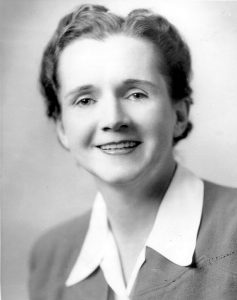 From Science . . .
From Science . . .
Marine biologist and writer Rachel Carson (5-#8, STEM-#37, Complete-#157), is best known for her fourth book, Silent Spring. Published in 1962, just two years before her death, this book, about the negative effects of pesticides, caused an uproar and led to increased environmental awareness.
Born in Hong Kong, Inez Fung (5-#9, STEM-#38), was only the second woman to graduate from the Massachusetts Institute of Technology (MIT) with a doctorate in meteorology. She is currently a professor of atmospheric science at UC Berkeley, and is best known for her work on climate change.
Encourage your students to cite some similarities between these two scientists and their work. Create an anchor chart and keep it handy. Who knows? You may want to revisit the topic of environmental awareness as Earth Day approaches in April!
Looking for another idea? Have your students seek out other scientists addressing environmental issues. Then they can channel the environmentalist of their choice and participate in a panel discussion!
and Medicine . . .
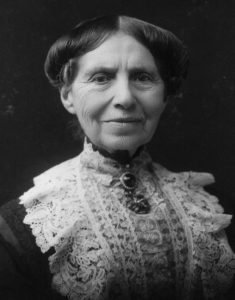 A nurse during the Civil War, Clara Barton (4-#14, STEM-#39, Complete-#94) is recognized as the founder and first president of the American Red Cross. Even after resigning from the Red Cross in her 80s, Clara continued to serve. She founded the National First Aid Society and traveled across the United States teaching people first aid skills.
A nurse during the Civil War, Clara Barton (4-#14, STEM-#39, Complete-#94) is recognized as the founder and first president of the American Red Cross. Even after resigning from the Red Cross in her 80s, Clara continued to serve. She founded the National First Aid Society and traveled across the United States teaching people first aid skills.
While not American-born, Dr. Elizabeth Blackwell (4-#15, STEM-#40, Complete-#155) was the first woman to graduate from medical school in the United States, receiving her medical degree from Geneva Medical College in 1849. Less than ten years later, she and her sister opened The New York Infirmary for Women and Children, run by women doctors. She eventually opened medical colleges for women in both the United States and England!
The podcast pairings above address just some of the women working in science and medicine, but there are many others! Want to learn more? There are a number of children’s books which can help you celebrate even more remarkable women scientists!
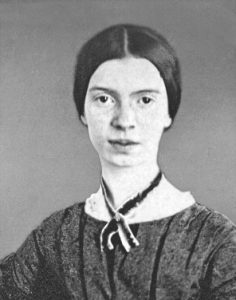 to Poetry . . .
to Poetry . . .
Born in 1830 in Amherst, Massachusetts, Emily Dickinson (4-#38, Complete-#28) lived a reclusive life in an upstairs bedroom in her family’s home. There, she secretly wrote thousands of poems and letters, not discovered until after her death. While soft-spoken and shy in life, Dickinson’s voice is strong and confident in her writing.
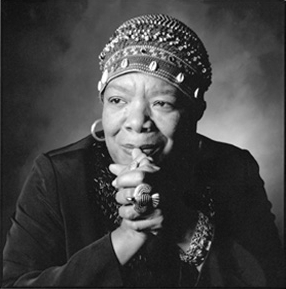 Maya Angelou (4-#17, Complete-#37) was born nearly 100 years later, in 1928, in St. Louis, Missouri. A civil rights activist and writer, she is known for her poetry and her autobiographical works. Angelou’s writing shares her story of growing up as an African-American woman in the mid-1900s.
Maya Angelou (4-#17, Complete-#37) was born nearly 100 years later, in 1928, in St. Louis, Missouri. A civil rights activist and writer, she is known for her poetry and her autobiographical works. Angelou’s writing shares her story of growing up as an African-American woman in the mid-1900s.
Take some extra time and share some samples of these women’s poetry. Then encourage your students to complete a comparison of these two poets. Have them use a Venn Diagram or other graphic organizer to address these poets’ backgrounds, writing styles, and common themes!
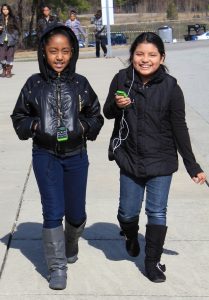 and More . . .
and More . . .
Use some of these Walking Classroom podcasts to help your students celebrate inspirational women of innovative insights and tremendous talent. Interestingly, these women all share something in common besides the fame they achieved. All of them had rather average childhoods. Some shy, some studious, some with their fair share of adventure—not unlike your students!
Want to dig deeper? Opportunities abound from literacy links to innovative lesson plans. Learn about other timely topics and be on the lookout for more ideas in future posts.


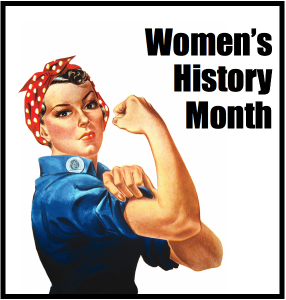
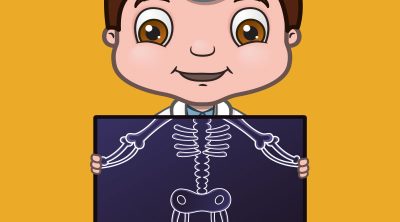
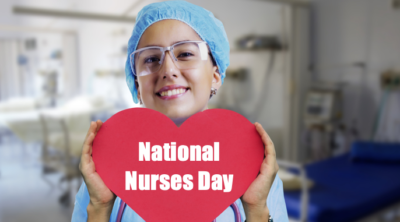
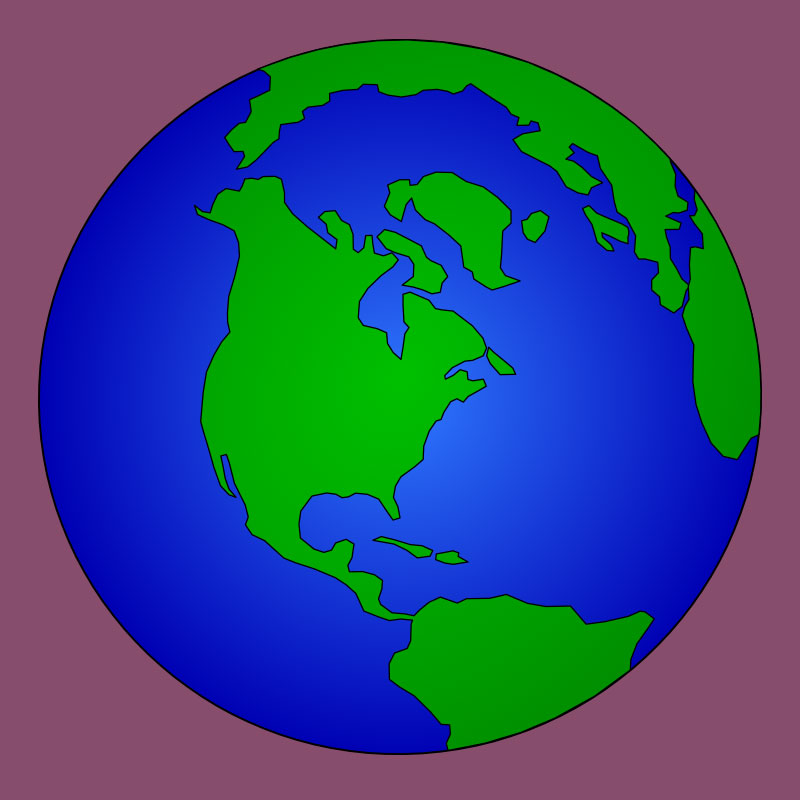
Leave a Reply